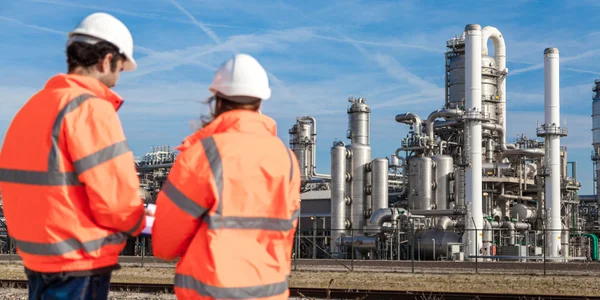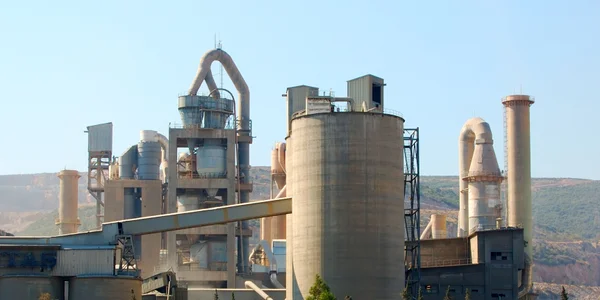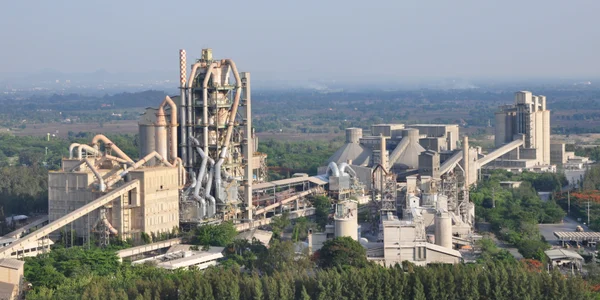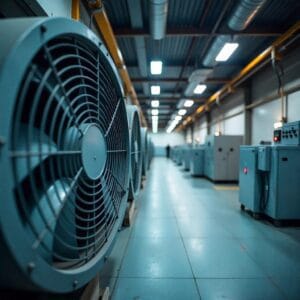حلول تنقية الهواء والغبار في الأسمنت والمعادن
عملية في صناعة الأسمنت والمعادن
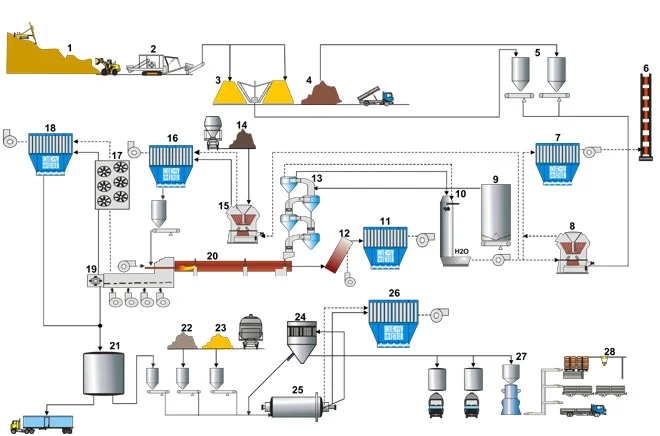
الفلتر الخارجي
مجفف الرش
مرشح CIP
سرير مائع خارجي
تعبئة
- 1. المحجر
- 2. مصنع التكسير
- 3. تجانس المواد الخام
- 4. المجمعات
- 5. صومعة تغذية مطحنة الخام
- 6. المجموعة الرئيسية
- 7. مرشح كيسي لمطحنة المواد الخام/الفرن
- 8. مطحنة الخام العمودية
- 9. صومعة تغذية المواد الخام
- 10. برج تكييف الغاز
- 11. مرشح كيسي لتجاوز القلويات
- 12. تجاوز غرفة الخلط
- 13. سخان مسبق الإعصار
- 14. الفحم الخام
- 15. مطحنة طحن الفحم العمودية
- 16. مرشح كيس لمصنع طحن الفحم
- 17. مبرد أنبوبي
- 18. فلتر كيسي لمبرد الكلنكر
- 19. مبرد الكلنكر
- 20. فرن دوار
- 21. صومعة الكلنكر
- 22. الجبس
- 23. المعادن
- 24. فاصل
- 25. مطحنة تشطيب الأسمنت
- 26. مرشح كيسي لمطحنة تشطيب الأسمنت
- 27. مصنع التعبئة والتغليف
- 28. مصنع التكديس
المواصفات المطلوبة
عنوان الفلتر PJM
عنوان الفلتر PJM
بيانات التصميم النموذجية | فرن/مطحنة خام |
|---|---|
حجم الغاز | < 1,200,000 |
درجة حرارة الغاز | 85 – 110 مركب / < 250 مباشر |
نوع الغبار | كربونات الكالسيوم، أكسيد الكالسيوم |
محتوى الغبار المتبقي | < 550 |
محتوى غبار الغاز الخام | < 10 |
تنظيف | متصل / غير متصل |
مرشح الوسط | PEA، NX، PPS، PI، GL/PTFE |
بيانات التصميم النموذجية | تجاوز القلوي |
|---|---|
حجم الغاز | < 800,000 |
درجة حرارة الغاز | < 250 |
نوع الغبار | CaCO3، CaO، القلويات |
محتوى الغبار المتبقي | < 25 |
محتوى غبار الغاز الخام | < 10 |
تنظيف | غير متصل |
مرشح الوسط | PTFE-PI / GL-PTFE |
عنوان الفلتر إذا كان JCC / إذا كان JC
مبرد أنبوبي IF TC
بيانات التصميم النموذجية | طاحونة الفحم |
|---|---|
حجم الغاز | < 450,000 |
درجة حرارة الغاز | 80 – 110 |
نوع الغبار | الفحم |
محتوى الغبار المتبقي | < 250 |
محتوى غبار الغاز الخام | < 10 |
تنظيف | متصل |
مرشح الوسط | البازلاء / المقلاة |
بيانات التصميم النموذجية | مبرد أنبوبي |
|---|---|
حجم الغاز | < 1,600,000 |
درجة حرارة الغاز في | 250 – 350 |
درجة حرارة الغاز خارج | 120 – 200 |
عنوان الفلتر PJM
عنوان الفلتر PJM
بيانات التصميم النموذجية | مبرد الكلنكر |
|---|---|
حجم الغاز | < 800,000 |
درجة حرارة الغاز | 120 – 180 |
نوع الغبار | الكلنكر |
محتوى غبار الغاز الخام | 10 – 30 |
محتوى الغبار المتبقي | < 10 |
تنظيف | متصل |
مرشح الوسط | PE / NX / PI |
بيانات التصميم النموذجية | مطحنة تشطيب الأسمنت |
|---|---|
حجم الغاز | < 300,000 |
درجة حرارة الغاز | 80 – 110 |
نوع الغبار | الأسمنت والخبث |
محتوى غبار الغاز الخام | < 350 |
محتوى الغبار المتبقي | < 10 |
تنظيف | متصل / غير متصل |
مرشح الوسط | التربية البدنية / التربية البدنية |
تطبيق منتجاتنا في صناعة الأسمنت والمعادن
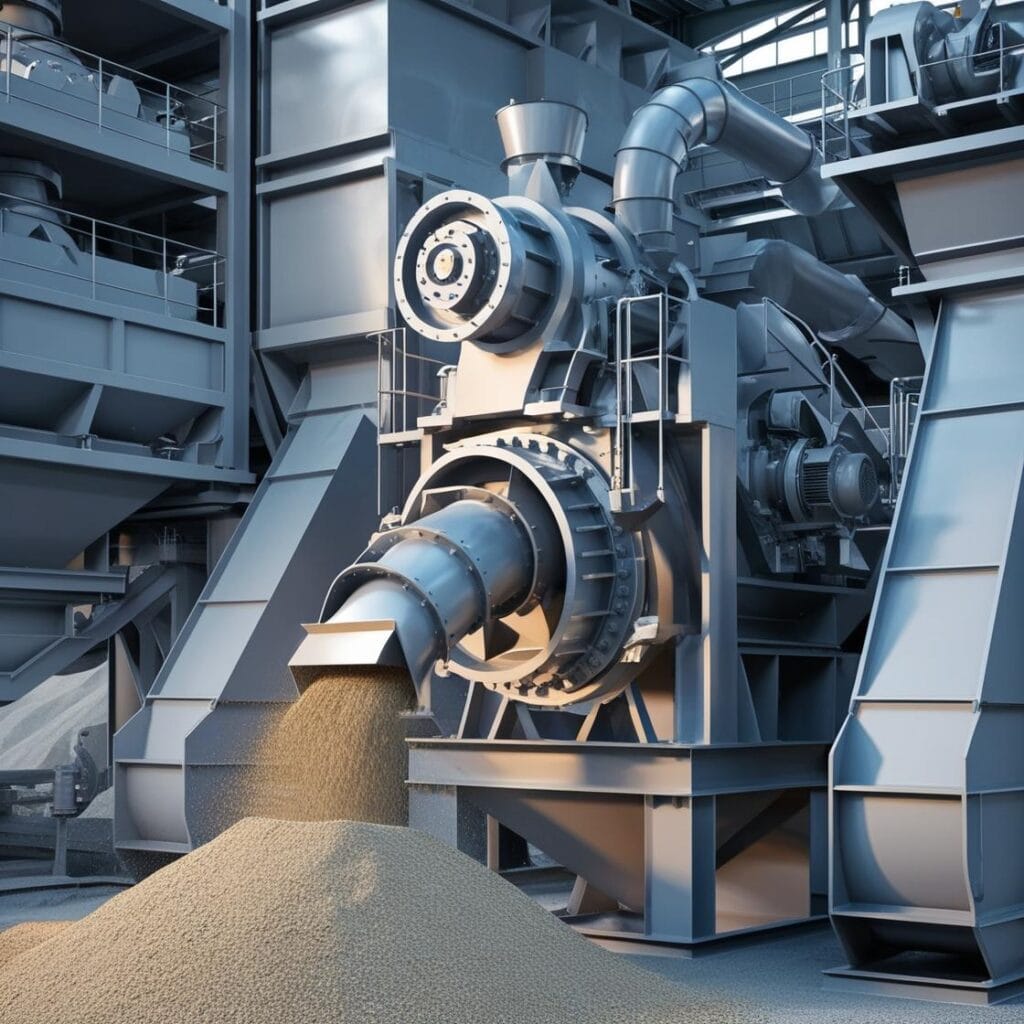
يتحكم في الغبار الناتج عن عمليات السحق والطحن عالية الطاقة، ويلتقط الجسيمات الدقيقة لمنعها من الهروب إلى الغلاف الجوي.
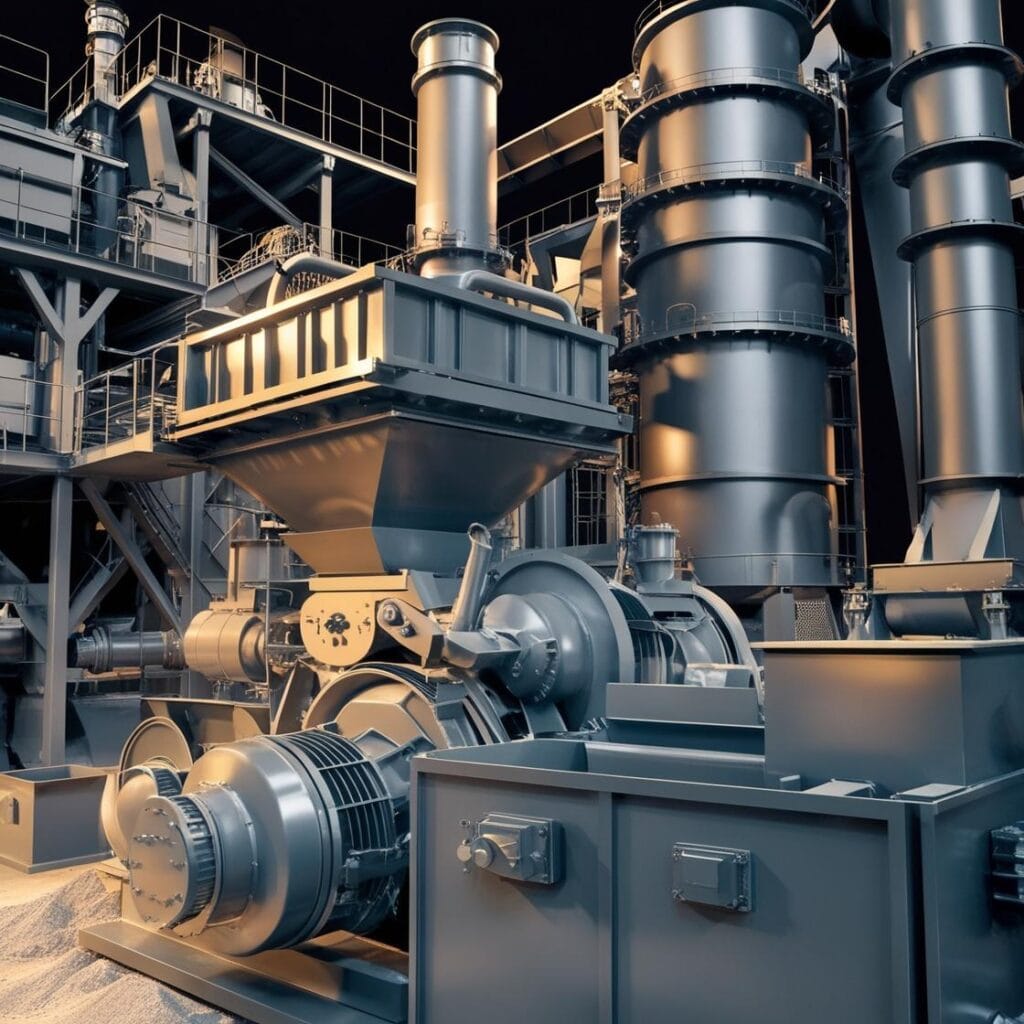
يقلل من الانبعاثات الناتجة عن عمليات الفرن حيث يتم تسخين المواد الخام، مما يتحكم في الغبار والجسيمات المحمولة جواً الأخرى المنبعثة أثناء إنتاج الأسمنت.

يقوم بحجز الغبار أثناء نقل المواد السائبة، مثل الحجر الجيري والكلنكر، لمنع انطلاق الجسيمات في مراحل التخزين والنقل.
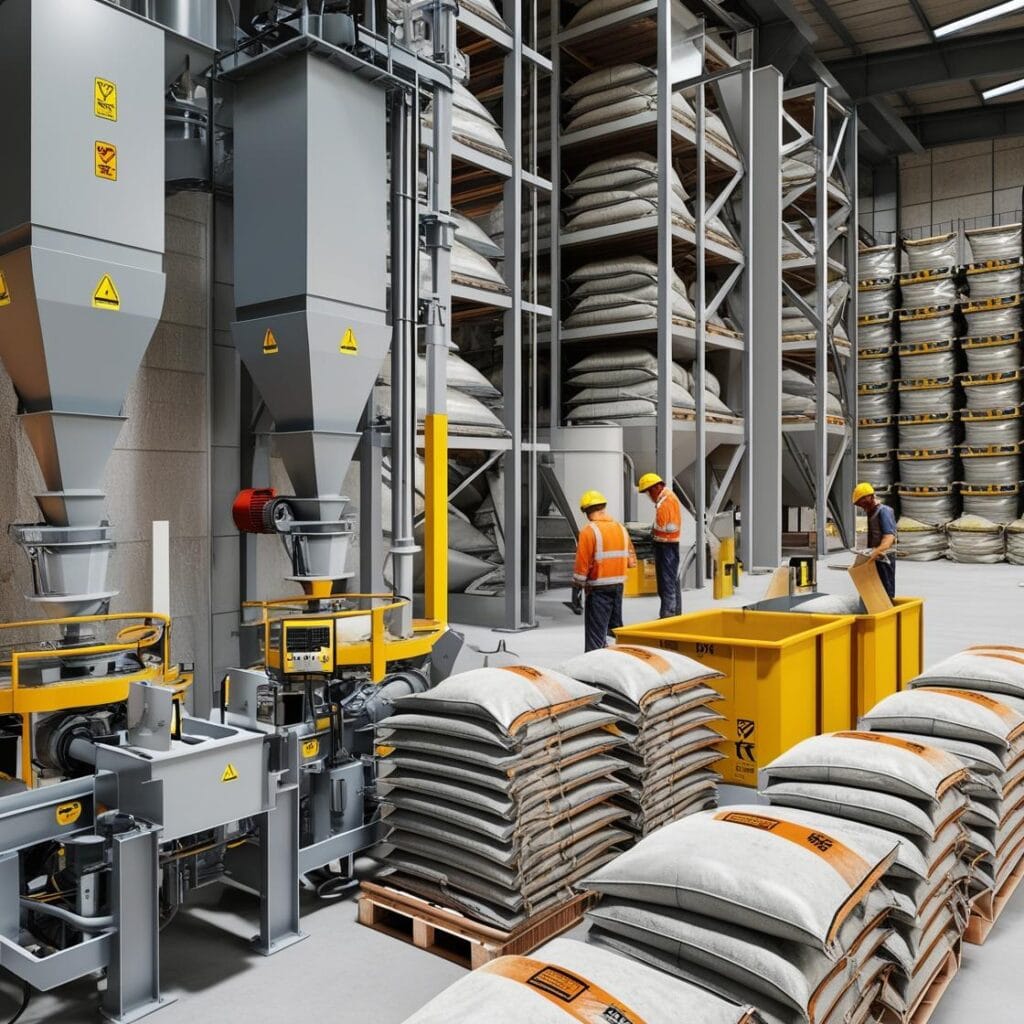
يقلل من انبعاثات الغبار في مناطق تغليف المنتجات والتخزين، مما يضمن تعبئة المنتجات النهائية وتخزينها في بيئة خالية من الملوثات.
المشهد التنظيمي لمكافحة الغبار |
|---|
معايير جودة الهواء |
صحة وسلامة العمال |
الوقاية من الحرائق والانفجارات |
حماية البيئة |
مراقبة الانبعاثات والإبلاغ عنها |
كفاءة الطاقة |
إدارة النفايات |
جودة المنتج وتناسقه |
تقليل وقت التوقف وتكاليف الصيانة |
تحديات السيطرة على الغبار |
|---|
مستويات الغبار العالية |
مخاطر صحة العمال |
الامتثال البيئي |
مخاطر الحرائق والانفجارات |
مخاوف بشأن جودة المنتج |
تآكل المعدات |
التلوث المتبادل |
الامتثال لجودة الهواء |
النمو الميكروبي |
اعتبارات رئيسية للسيطرة الفعالة على الغبار |
|---|
تنفيذ أنظمة فعالة لالتقاط الغبار |
التحكم السليم في تدفق الهواء والضغط |
إدارة درجة الحرارة والرطوبة |
أنظمة الترشيح عالية الكفاءة |
الصيانة الدورية والفحص |
الالتزام بمعايير الصناعة |
التقييم المتكرر لنظام التحكم في الغبار |
التكيفات الخاصة بالعملية |
تقييم المخاطر والتخفيف منها |
تواصل معنا للحصول على استشارة الخبراء
اكتشف خدماتنا الأخرى!
الأسئلة الشائعة
في صناعة الأسمنت، تُعدّ حلول الترشيح الفعّالة أساسيةً للتحكم في انبعاثات الغبار وضمان الامتثال البيئي. ومن أنظمة الترشيح الشائعة الاستخدام مرشحات الكيس، التي تستخدم أكياس ترشيح قماشية لالتقاط الجسيمات الدقيقة من مختلف العمليات، مثل الأفران والمطاحن ومناولة المواد. وتُفضّل هذه المرشحات لكفاءتها العالية في إزالة الجسيمات. إضافةً إلى ذلك، صُممت حلول الترشيح المتطورة، مثل تلك التي تقدمها مايكرونيكس، لتلبية المتطلبات الفريدة لصناعة الأسمنت، وضمان الامتثال للوائح البيئية وتعزيز الكفاءة التشغيلية.
تُحسّن أنظمة الترشيح كفاءة إنتاج الأسمنت من خلال التقاط الغبار والجسيمات بفعالية، مما يُقلل من تآكل المعدات ويمنع الانسدادات. يضمن ذلك سلاسة التشغيل، ويُقلل من فترات التوقف، ويُحسّن جودة المنتج من خلال منع التلوث. كما يُساعد التحكم الجيد في الغبار على ضمان الامتثال للوائح، مما يُقلل من مخاطر الغرامات والمشاكل البيئية. بالإضافة إلى ذلك، تُسهم أنظمة الترشيح الفعّالة في توفير الطاقة من خلال تحسين تدفق الهواء وتقليل انخفاض الضغط في النظام.
تُساعد أنظمة الترشيح المتطورة في إنتاج الأسمنت على الحد من تلوث الهواء من خلال التقاط جزيئات الغبار الدقيقة وتقليل انبعاثات الملوثات الضارة. فهي تُحسّن جودة الهواء، وتضمن الامتثال للوائح البيئية، وتُقلل من البصمة الكربونية للصناعة. ومن خلال تعزيز التحكم في الغبار، تُسهم هذه الأنظمة أيضًا في صحة العمال وسلامتهم. كما أنها تدعم الاستدامة من خلال تمكين استعادة المواد الخام وإعادة استخدامها، وتقليل النفايات، وتحسين كفاءة الطاقة في عمليات تصنيع الأسمنت.

